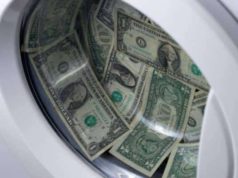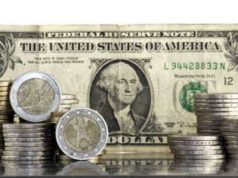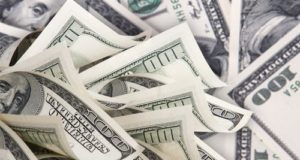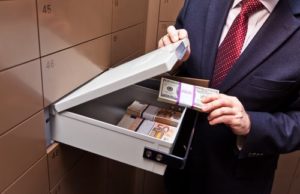
Most counterfeit money is crafted by individuals who will never become well known to the public at large. There are some counterfeiters, though, whose production of counterfeit bills is so prodigious and extensive that their names will be remembered in the lexicon of great charlatans for generations to come. An examination of a few famous cases involving counterfeit money can shine some light on the deeds of these notorious scam artists.
This first case takes us back to the time of the American colonies in the early 1700s. Mary Butterworth was a Massachusetts resident born in 1710, and purportedly initiated the foundation of her counterfeit bill campaign at the tender young age of six. Butterworth did not have any home computers or scanners available to aid in her production of counterfeit money as do today’s creators of counterfeit currency.
She used cotton cloth in her formulation of counterfeit bills, which was quite advantageous for her security as the cotton cloths could simply be torched when no longer useful. This would help eliminate some of the material evidence of her involvement in unlawful activity. Butterworth manipulated these cotton cloths to produce counterfeit money by placing an iron on top of the cloth and a faceless piece of currency. She would then draw the necessary patterns of the bill with a quill pen.
Butterworth was eventually arrested and brought to trial in 1723 in the state of Rhode Island after authorities in that state centered their investigation of a counterfeiting operation on her. She became the prime suspect in this case only after she and husband bought an uncharacteristically pricey house in the area.
During her trial, a colonial citizen produced two counterfeit bills that he had allegedly received from Butterworth, and her own brother and sister-in-law testified on behalf of the state. Still, Butterworth was acquitted because the court found that not enough concrete evidence was presented to convict.
During the American Civil War, Samuel C. Upham created counterfeit money that closely resembled the currency of the Confederacy. His work was so meticulous and authentic looking that citizens of the Confederacy would actually use his counterfeit bills as currency, thus injuring their own fledgling economy.
Although Upham initially made these bills as a mere novelty, he began to produce them on a larger scale as he saw demand for them increase. He would attempt to acquire as much Confederate currency as possible in order to produce a vast array of counterfeit money for consumption in the seceded states.
Two years after the inauguration of his business, Upham was in trouble with Union authorities who felt that Upham was creating not only counterfeit bills of the Confederacy but also fraudulent Union money also. Much like Mary Butterworth, Upham escaped any jail time and had his case thrown out of court. Edwin Stanton, Secretary of War at the time, directly influenced the dismissal of charges.
Countless other counterfeiters have come and gone since the heydays of Mary Butterworth and Samuel C. Upham. However, very few have had such a distinct impact on the world of counterfeiting as these two infamous individuals.























